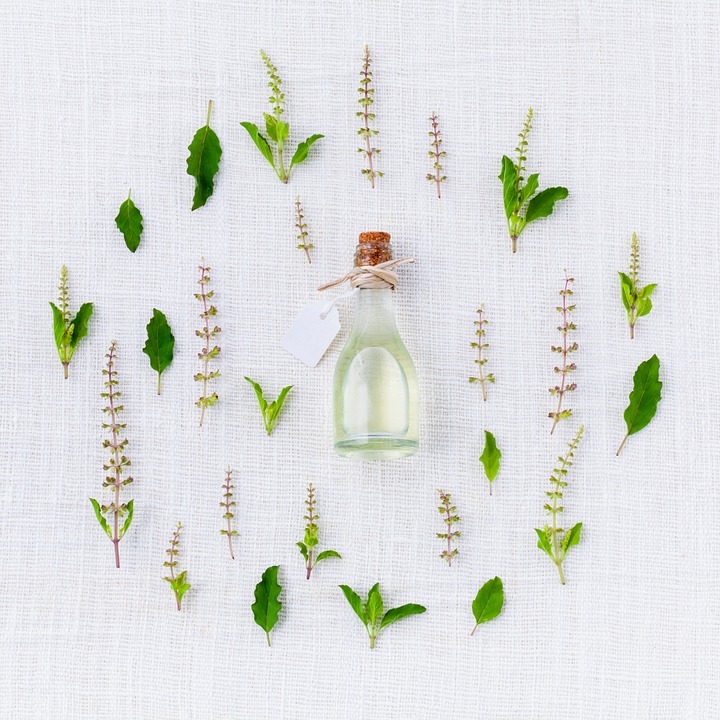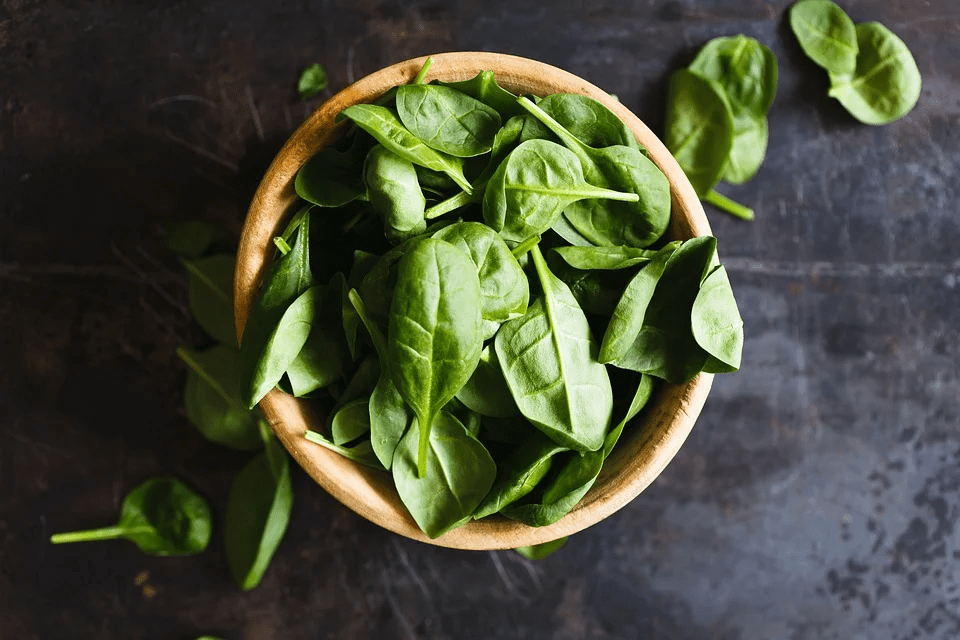Whether you have a green thumb or none, you can always grow herbs with the proper guidance. It can also be your kick-off point in your transition to healthy living. They can give that extra flavor and aroma to the delicious food you prepare for yourself or for the family. Herbs such as rosemary, sage, and thyme are typically the scent of fall, while mints are usually associated with our holidays. The natural scent of herbs also makes them great options to become indoor decors. Aside from these, herbs possess medicinal features that can be easily prepared for upset stomach and headaches.
These are enough reasons to grow your own herbs. But if you want to maintain and grow herbs all-year round, there here are the things you need to take note.
There are herbs that grow all year-round, such as yarrow and chives. Yarrow is a perennial herb that grows almost anywhere. Plant it along with other herbs and it can enhance the disease-resistance of its neighboring plants. Its leaves can be used in salads anytime, all year. Its summer blooms can also be combined with your skin toner or with your cleansing hair rinse. For decorations, its stunning dried flowers can be added to your indoor aesthetics.
Chives, on the other hand, are mild-flavored herbs. Its leaves can be harvested all year and are great compliments to some of your family dishes. What you can do is to trim down its leaves an inch at least four times a year to generate fresh batch of leaves.
For herbs that are seasonal in nature, you can sort these per weather. It is important to know when an herb grows best so you can maximize its growth and your effort of growing will not be in vain. Furthermore, make sure that before you plant, check out a specific variety’s growing needs, in terms of its preferred sun exposure, temperature, and other factors. Cool-weather growers thrive in the months of September through February. These herbs include:
- Mint
- Cilantro
- Parsley
- Rosemary
Meanwhile, warm weather herbs should be planted from February up to September. These warm-loving herbs include:
- Basil
- Oregano
- Chives
- Cilantro
- Dill
- Mint
- Parsley
- Rosemary
- Sage
- Thyme
- Lavender
Take note that most herbs still prefer full sun. So, make sure that you expose to sunlight as much as possible.
Now, if you are wondering how you can grow a warm-weather herb in the winter, simply grow it indoors. You can always utilize your empty containers to grow your herbs indoor. Make sure choose a good spot for these, preferably a bright and sunny area where herbs can still access to sunlight. Also, make sure that if you opted to place these containers with your herbs directly outside of your house, these should be brought inside when the weather becomes too hot or too cold.
Indoor herb growing should be influenced by the type of food you are anticipating preparing in a certain season. For instance, spring desserts are typically added with lavender, hot holiday drinks with mint, and warm winter meals with rosemary.
You can also start your own herb garden with some space available. This is more appropriate if you want to grow a lot of herbs of different varieties. In starting your own herb garden, make sure that you have the following:
- Containers with enough space for growing and with drainage plates
- Potting soil
- An area plenty of sunlight
Remember that to maintain your herb garden, your plants will need watering every other day. Also do some occasional pruning with your herbs. Trimming and pruning is your way of harvesting. This is also important to keep them healthy, contained, and, of course, to continuously grow fresh leaves. This is a crucial practice since plants that are usually left on their own and unchecked can get invasive, droopy, and may grow that overpowers their containers.
Growing your own herbs can be both an enjoyable and a hard endeavour to take. Therefore, you need to make sure that before you start picking this as a hobby or as an essential household chore, you first need to learn the basics. Once you have started, all you need is to consistently maintain your growers and in no time, you will be harvesting the fruit – or the leaves – of your labor.


